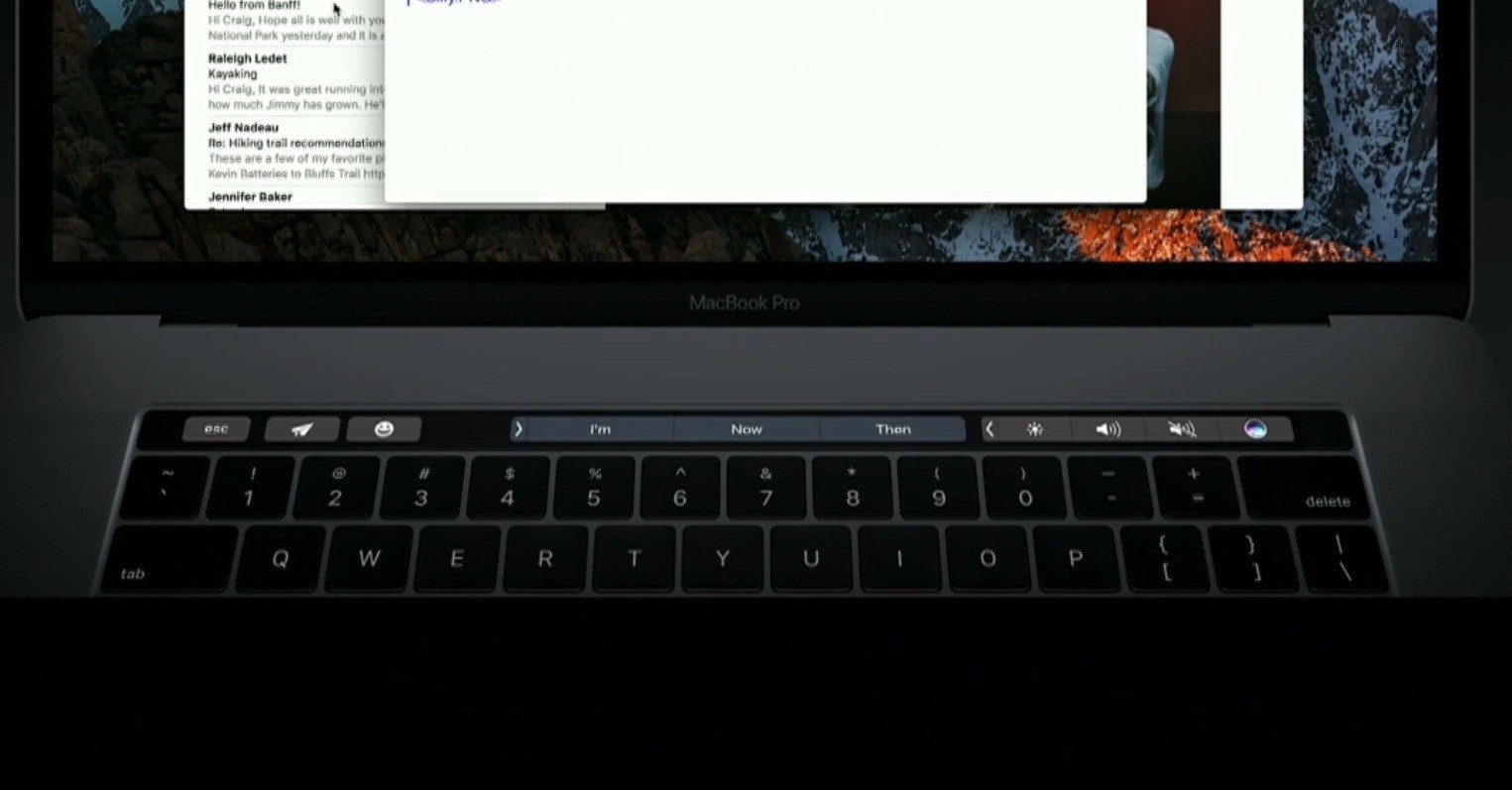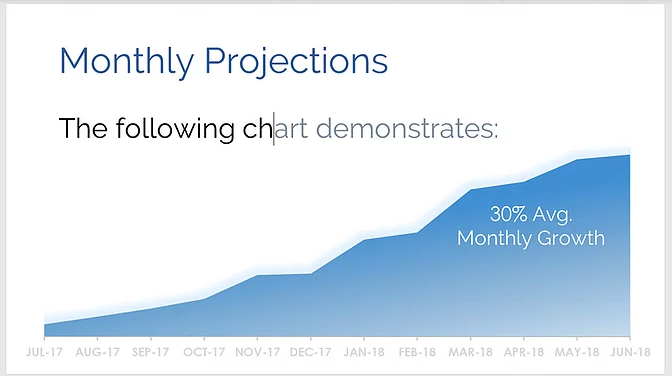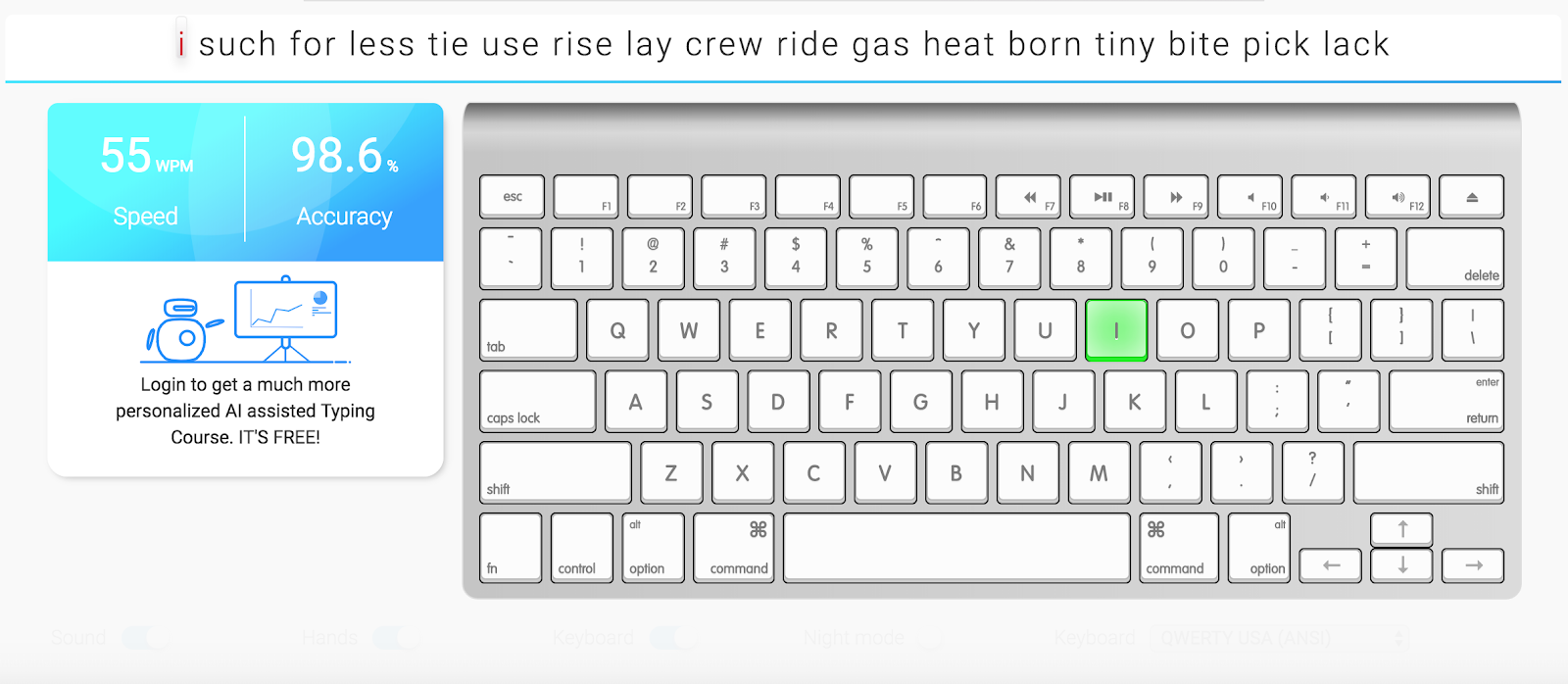
Well, almost no typing required…
Imagine a world where your typing experience is augmented and assisted so to ensure you never face writer’s block, have to “fish” for words, or have difficulties putting ideas to text. Furthermore, smart writing tools which could stop you from sending careless and ill-advised emails and messages. How about having relevant information pop up as you write? The advancement of deep learning technology capabilities combined with a growing tech-savvy population allows for such scenarios to become reality.
The process of “typing” hasn’t really changed since the introduction of the Remington 1 industry Typewriter in 1874. We take you on a brief journey of the infamous TypeTech industry, i.e. any technology or mode which improves the way we type and write on our mobile screens and computer keyboards. We are now seeing software introduced to the once very manual process of writing and it is drastically changing the way we type.

Unknown to a large share of our population, but the infamous typewriter wasn’t actually invented because people wanted to type something onto a piece of paper. The main purpose of the very first Typewriter patent was designed to enable blind people to write by using dial keys to print characters. The invention of these Typewriters spurred on a revolution in the way we communicated and also created many new jobs. Typewriting became much less time-consuming than handwriting, which enabled businesses to do more in less time. Furthermore, it enabled document standardization, saving companies a tremendous amount of time, since they did not have to repeatedly write the same texts.

The keyboard itself came after numerous iterations after solely experimenting with a mouse as a source of input towards the digital screen. Similarly to the adoption of the Typewriter, computers enabled companies to massively increase their rate of efficiency. Not only did it enable faster document creation and standardization but it now allowed for a much quicker process of transmitting messages and texts. What once used to be a manual process of sending now became digital and instant. Ironically, computing power continued to become more powerful but our keyboards and ways of typing really didn’t change alongside. We became faster typers simply due to the fact of using a computer more, but not because keyboard technology became any better. Typing to this day still remains a manual process requiring a large chunk of our brain power with limited assistance from machines. This brings us to TypeTech 3.0.

As technology continues to advance, we are looking towards TypeTech 3.0. We see this as the iteration of software which improves the typing experience through productivity, engagement and quality gains. By using the newest technologies to fundamentally change the way humans type we might also see a revolution in the way humans think and structure their brain to put ideas to text seamlessly.
Think about the current state of writing any form of content. A perfect example is as I am writing this, I am thinking long and hard about what to write, outlining, iterating constantly, deleting and writing new sentences. Why? I have many ideas in my head which I am trying to structure in a manner that makes sense. Once I have done this I want to put it in sentence form. But I can’t seem to find the right words to write it the way I was thinking about it. What if there were automated technologies which could accurately predict what I am trying to write at all times or automate standardized and repeated texts simply by having access to my historical communication data? How about coupling that with technologies to ensure I never make a grammar or spelling error? Or imagine I am a consumer-focused business owner, how amazing would it be if I had access to a technology which factors in each of my customer’s profile and behaviour and automatically helps me create personalised messages for each? These types of common productivity blocks when writing is something we are going to see solved in the wave of TypeTech 3.0; technology which is able to adapt and upgrade our writing style.
Aside from the obvious productivity gains to be gleaned, we truly believe that these technologies will add a layer of engagement to the writing process. What so many nowadays see as a somewhat cumbersome experience, many might see differently as smart writing tools flourish on the market. Another obvious introduction to these technologies is a layer of gamification. For example, real-time assessment of customer satisfaction whilst chatting and suggesting immediate responses which could increase a customers happiness level, and then adds points to the service agents overall profile based on the quality of service provided.
Therefore, by enabling these technologies to continue to thrive, we should set out to make the experience of typing something one looks forward to.
We’ve all been there, staring at our phone or computer looking at the message we just sent, only to wish we could unsend or edit it. These are relatively simple problems which are being worked on. Deep learning algorithms embedded within your email account, mobile phone, chat portal and essentially any medium of digital communication, which could hinder or warn you before sending irrational but also grammatically wrong messages. By having access to your digital data profile these technologies can quite easily learn how you write and when something doesn’t sound like your best. Furthermore, there could be an added benefit of security there as well, since the tech knows you, it would pretty seamlessly be able to spot a hacker trying to write something on your behalf.

We are seeing some frontrunners emerge within this TypeTech 3.0 movement. Many of them are targeting different markets and different missions, however, they are adding productivity, engagement and quality gains through software iteration which we see as the main characteristics of TypeTech 3.0.

If it comes to any futuristic vision, you can bet that Google is dabbling in it. As Gmail users draft an email and write a couple of words, their Smart Compose technology tries to predict what the user will type by adding sentence suggestions and completions. This technology is built on deep learning algorithms using an individual’s email history to predict the way they type and communicate. The potential for this technology really is limitless imagination. Automated personalised messages to your customers, sentences which offer you a variety of different predicted outcomes/responses, embedded keywords within your texts to maximise on SEO, writing style which guarantees maximum engagement from the audience, are just some of the ways we will see these technologies advance.

As the name suggests, Grammarly’s focus lies in creating a world where users write mistake free, clear and impactful. The technology is an edge plugin which accompanies consumers and businesses anywhere they go whether it be through the Grammarly phone app, Google chrome browser or simply by having the Grammarly keyboard installed.

To no one’s surprise, Apple operates in this vertical as well given that they are among the pioneers of all that is typing on keyboards and mobile phones. Their large existing user base gives them an immediate market to experiment with new typing technologies. Among them is the Quick Type feature for iPhones and newer MacBooks. This feature can predict short form answers to text messages but also offers suggested responses when writing. It also predicts any word which could be turned into an emoji as an option.

TypeGenie is a deep learning technology company which enables improved conversations between service agents and their consumers. The current customer service industry is notorious for having unhelpful service agents with inaccurate responses and seeming disinterest in their customers. TypeGenie capitalizes on this inefficiency by offering a plugin to customer service CRM platforms such as Zendesk. The algorithm trains in less than a week and intakes all of the data in Zendesk to create more personalized and improved sentence suggestions/completions as well as recommended macros to service agents when chatting with their customers.

LightKey is the offered solution for predictive writing for all things consumer. From blog writing to Microsoft office projects, and even writing legal documents, the technology plugs into virtually any consumer application. They combine deep learning sentence completions with a sentence correction component, fixing any grammar errors you might make.

This technology offers you real-time guidance when writing an email, assigning a score to your overall text. The score is calculated as such to offer writers the highest chance of a positive response from the email recipient.

Typing bolt is a bit of different technology, however, we would still categorize it within the TypeTech vertical. They are using AI algorithms to help users increase their speed and efficiency of typing. By understanding users typing patterns, they can then offer a personalized curriculum designed to improve their typing.
The ample amount of disruption in TypeTech is making us extremely excited to be a part of it. Internet connectivity and individuals owning personal computers/phones are rising year after year. Furthermore, computers have become the preferred method of communication for individuals and businesses alike. We have the technologies which “enable” us to communicate digitally (think of Slack, WeChat, Whatsapp, the list goes on). Now we need to improve the experience of actually communicating on these mediums. That is really what we think TypeTech 3.0 will spur on. Typing/text input is changing and will continue to do so. You can already test these tools whether you are a business looking to be more efficient, or simply a consumer interested in the newest technologies.
This blog was brought to you by TypeGenie. TypeGenie is an auto-complete product for customer service agents. If you are looking to improve your customer service speed and quality, learn more about TypeGenie:
Learn more about TypeGenie >>